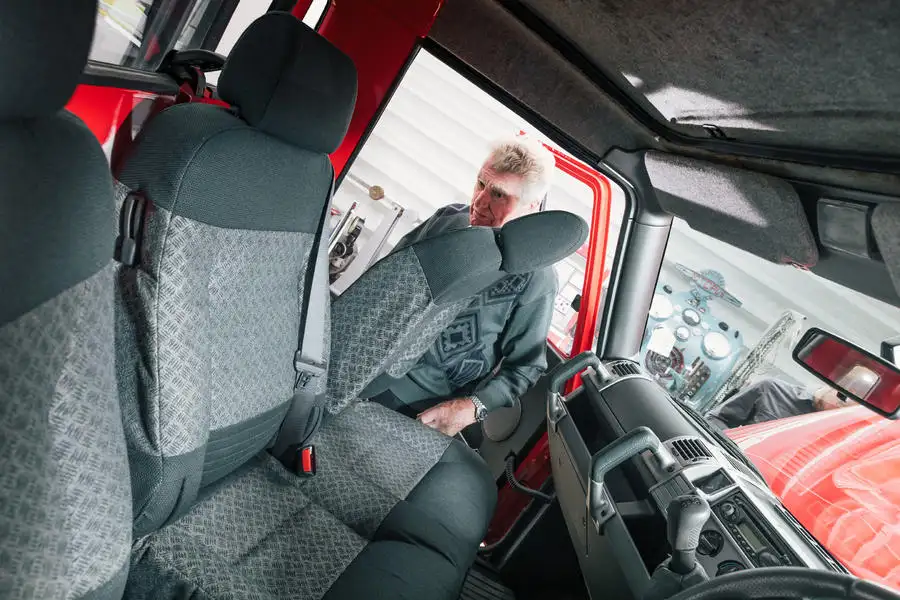Initially, the first LCV car – LCV1 – was, according to Peter, “an attempt to knock weight out of a Discovery just by substituting aluminium for steel. The problem was you needed to use heavier section aluminium to maintain the strength of the steel one, so it was a bit of a blind alley.”
LCV2 was a much more successful venture that ditched the separate chassis for a spaceframe made of extruded aluminium to save around 400kg compared with the standard vehicle. In the finest traditions of prototype disguises, LCV2 looks just like an ordinary Defender. Only the most determined anorak would spot the slightly lower roofline.
LCV2/3 carried on a number of technologies from its predecessor but introduced bent extruded aluminium that would allow for a more rounded, aerodynamic shape (0.45Cd against the 0.66Cd of the production car). It was stuck together with both epoxy and Corabond adhesive along with self-piercing rivets – not entirely dissimilar to how Jaguar Land Rover sticks its cars together today. There was some thoroughly modern technology under the skin too, such as an innovative traction control system that could mimic a locking differential by braking a spinning wheel to send power across to the one with traction. It first appeared on a production Land Rover with the second-generation Discovery, and nearly every SUV since has used a similar system.

The team also managed to include synchromesh on the low-range gearbox so you could operate it on the move, LED rear lights and a clever sliding three-passenger bench seat. A KV6 petrol engine powers this particular prototype, so it could reach 60mph in a rather rapid (for a Land Rover at the time) 8.8sec.
And it all worked remarkably well. Aside from the composite panel around the rear window that didn’t fit properly – and required the shop steward to turn a blind eye as Wilson and the team made it fit – it was actually more capable off road than the original thanks in no small part to the lightweight construction.
It no doubt impressed Reitzle, because he went to see it and the experimental division first during his visit, as Wilson recalls, before heading off to the styling department in the car.
Unfortunately, no matter how impressive the technology was on these LCV cars, events outside the project’s control conspired against the enterprise. In 1998, BMW had been in discussion with Rover trade unions over a rescue deal with the promise of major cost savings from the British side. Suddenly, the funding for a group of renegade engineers working out of garage 117F behind some petrol pumps in Gaydon didn’t seem like the most prudent use of money, even though, as Wilson claims, they didn’t spend their entire allocated £8 million budget.